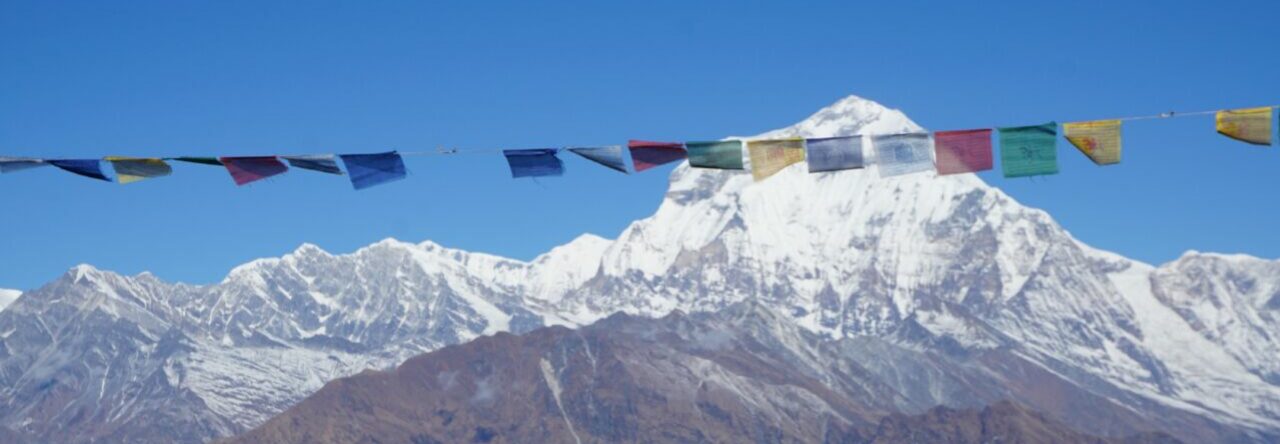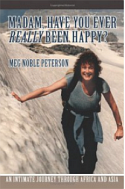July 15-17, 2017
It was another bright sunny day as we headed out, crossing the Zavkhan River and entering Gobi-Altai Province, known for its splendid Altai mountains, which are divided into two parts: Mongol and Gobi-Altai. Bogie shared that the Gobi-Altai is a drier desert area, one of the least suitable places for raising livestock, but known for critically endangered Central Asian endemic animals such as the Gobi bear, Backterian (wild) camel, goitered gazelle, Khblan (a type of deer), Mongolian Saiga antelope, and the snow leopard. These animals thrive in secure remote national parks like the Sharga National Reserve.
In the afternoon, we stopped by the town of Altai, a provincial capital nestled between the mountains of Khasagt Khairkhan (11,742 ft.) and Khan Taysher, on the northern edge of the Gobi. Here we bought more groceries, had lunch in a restaurant, and walked around town, admiring the unusual statues, before driving west on a newly constructed paved (!) road to Sharga Nature Reserve.
Click on first picture to show slide show.

 We really were in the desert! It was flat and sunny with the usual tufts of dry grass. The mountains were way in the distance and we only saw one or two gers. Now and then we’d come upon beautiful clusters of horses standing in a circle, head to head. Bogie said that this was to get away from the flies. It looked like a football huddle to me.
We really were in the desert! It was flat and sunny with the usual tufts of dry grass. The mountains were way in the distance and we only saw one or two gers. Now and then we’d come upon beautiful clusters of horses standing in a circle, head to head. Bogie said that this was to get away from the flies. It looked like a football huddle to me.
We also saw groups of sheep and goats, and a few camels, but no yaks. It was too hot!
During these rides we invariably engaged in lively conversation. As I’ve already told you, Bogie has a strong feeling for his country and the problems it faces with the continuing impact of global warming on his people and their livelihood as nomads. He also has an extensive knowledge of birds and wild life, which he shared with us along the way. One of our most interesting conversations dealt with the wild horses, or, as they were known, the Przwalski or Dzungarian horses, the rare and endangered subspecies native to the Central Steppe. They were named after the 1880 Russian explorer, Nikolai Przwalski, who declared the horse a new species, and sent a skull and skin to the St. Petersburg Zoological Museum. There’s a great deal on the internet about this fascinating story of a horse that was near extinction and is now slowly recovering, thanks to conservationists. We didn’t go to the area about 100 miles from Ulaanbaatar where they can be seen, because of the number of tourists at this time of year. Another time….
For the next few days we found a variety of campsites, some in small, beautiful oases with poplar trees, needle bushes, streams, and green grass, and others on rocky, sandy terrain…but it took a lot of searching! And each site had its own special atmosphere.
One morning I awoke to the sound of munching animals, and enjoyed a steady stream of cows and calves parading by my open tent. One had a mouthful of cabbage gleaned from what we had discarded at dinner. It’s a new experience to throw organic waste out onto the grass, knowing that in the morning the animals will have eaten it.
We also had to fight voracious mosquitos in one of the more marshy sites, where we had gone to fetch water. Fleeing from them, we found a rocky hillside near an old graveyard. The graves had mounds of rocks piled on top, and simple markers, or none at all. Scurrying underfoot were adorable lizards with sweet faces and tiny feet. I held one and could feel its heart pounding like a trip hammer against my skin. It was colored like the rocks…gray, reddish brown, and white. Nature’s camouflage.
This was the infamous night when a ferocious wind storm came through the camp. I could hear Bogie and Algaa in the wee hours, hammering more stakes into the lines to keep the tents from blowing away. The next morning the wind had subsided, so we ventured forth, to find the dining tent crumpled on the ground and metal poles everywhere. Tulle and Bogie were in the process of setting up a table and chairs and assembling a makeshift kitchen in the open air. Breakfast under a blue Mongolian sky. How delightful! A first for me.
Eager to get out of the heat, we continued our one-hundred-mile journey through the Gobi, making one stop in a small town to buy groceries, only to discover that a well-known throat singer resided close by. We walked through town past a wall of typical wooden fences until we found his house.

There we were greeted by Grandma and two daughters and treated to the usual hospitality. We offered a few gifts. Grandma really enjoyed the books.
The throat singer performed for us, and introduced a Mongolian instrument new to me—the two-stringed horse head Morin Khuur. The Morin khuur is a traditional instrument of Mongolia, and used frequently in cultural celebrations. He and his lovely daughter played several tunes—plaintive as well as snappy—reminiscent of our country music.










































Gwen
Thanks Meg really enjoyed the music!
Eric Brown
What an adventure! The pictures were real treat, as always! A Bakterien Camel? goitered Gazelle? Strange encounters, indeed. I’m still trying to come to terms with the Satanic leaf-tailed gecko! Thanks for doing this Gobi adventure for me and the rest of your fans! Love you
jerene
Thank you again Meg, for a taking me on a tiny bit of your Mongolian journey! I love your photos and stories….especially the video took me right into the Morin Khuurconcert hall.!
Yana
Meg, As always, love your blogs and thanks for including the video of the musician – an extra treat!
Happy trails 🙂
Yana
Claudia George
Thank you Meg! Your adventures are wonderful.
Claudia